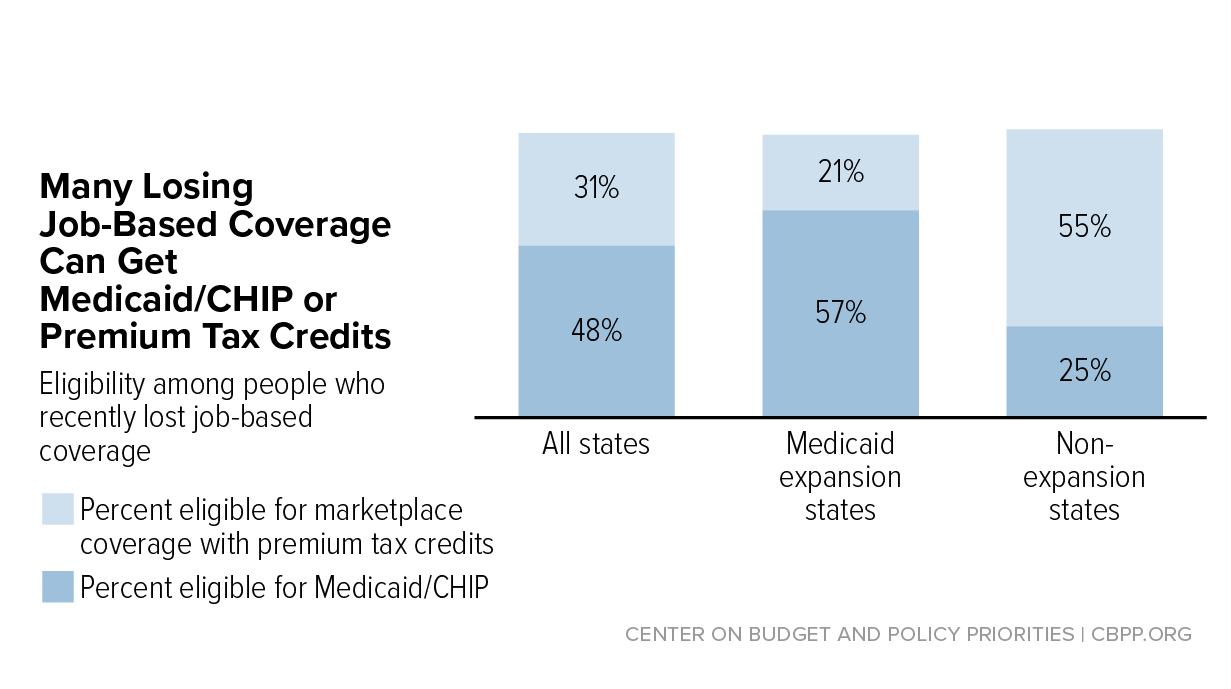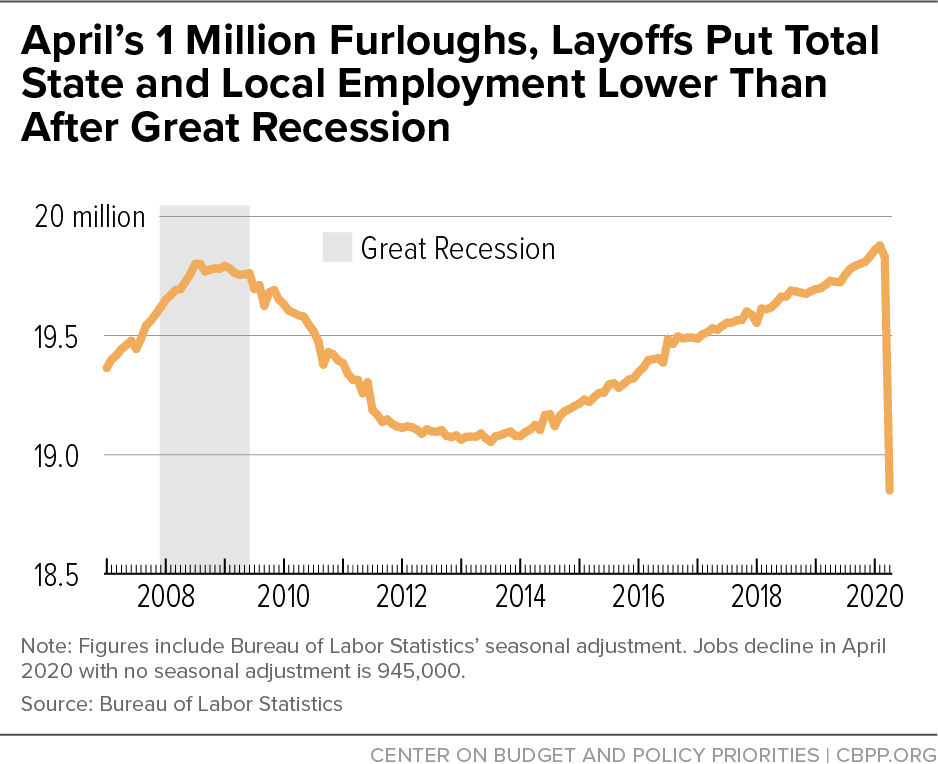https://www.epi.org/blog/who-are-essential-workers-a-comprehensive-look-at-their-wages-demographics-and-unionization-rates/
While the coronavirus pandemic has shut down much of the U.S. economy, with over 33 million workers applying for unemployment insurance since March 15, millions of workers are still on the job providing essential services. Nearly every state governor has issued executive orders that outline industries deemed "essential" during the pandemic, which typically include health care, food service, and public transportation, among others. However, despite being categorized as essential, many workers in these industries are not receiving the most basic health and safety measures to combat the spread of the coronavirus. Essential workers are dying as a result. While the Trump administration has failed to provide essential workers basic protections, working people are taking action. Some are walking off the job in protest over unsafe conditions and demanding personal protective equipment (PPE), and unions are fighting to ensure workers are receiving adequate workplace protections.
What is essential work?
The coronavirus pandemic has revealed much about the nature of work in the U.S. As state executive orders defined "essential services," attention was focused on the workers performing those services and the conditions under which they work. Using executive orders from California and Maryland as models, we identify below 12 "essential" industries that employ more than 55 million workers, and we detail the demographics, median wages, and union coverage rates for these workers. In doing this, we build on the excellent work by the Center for Economic and Policy Research in their report A Basic Demographic Profile of Workers in Frontline Industries. Key differences are that we use a different data set—the Current Population Survey (CPS) instead of the American Community Survey (ACS), so we could get union breakdowns—and we expand the definition of essential to include occupations found in California and Maryland's executive orders.
As shown in Table 1, a majority of essential workers by these definitions are employed in health care (30%), food and agriculture (20%), and the industrial, commercial, residential facilities and services industry (12%).

Table 2 shows the demographics of essential workers by industry, including gender, education level, and race and ethnicity.
- Women make up the majority of essential workers in health care (76%) and government and community-based services (73%).
- Men make up the vast majority of essential workers in the energy sector (96%), water and wastewater management (91%), and critical manufacturing (88%).
- People of color make up the majority of essential workers in food and agriculture (50%) and in industrial, commercial, residential facilities and services (53%).
- Nearly 70% of essential workers do not have a college degree. Three in 10 essential workers have some college (30%) or a high school diploma (29%). One in 10 have less than a high school diploma.

Table 3 shows the median wages for nonessential and essential workers by gender, education, and race and ethnicity. Half of the essential industries have a median hourly wage that is less than the nonessential workforce's median hourly wage. Essential workers in the food and agriculture industry have the lowest median hourly wage, at $13.12, while essential workers in the financial industry have the highest, at $29.55.

Table 4 shows the union coverage rates of essential and nonessential workers by industry. One in eight (12%) essential workers are covered by a union contract, with the biggest share working in emergency services (51%). Strikingly, some of the most high-risk industries have the lowest unionization rates, such as health care (10%) and food and agriculture (8%).

How unions help working people
Prior to the coronavirus pandemic, essential workers provided critical services that often went unnoticed. Now, more than two months into the pandemic, many essential workers are still risking their lives without basic health and safety protections, paid leave, or premium pay. Before the coronavirus pandemic, unions played a critical role in ensuring workers receive fair pay and working conditions. The following are examples of how unions help working people.
- Union workers earn more. On average, a worker covered by a union contract earns 13.2% more in wages than a peer with similar education, occupation, and experience in a nonunionized workplace in the same sector.
- Union workers have greater access to paid sick days. Ninety-one percent of workers covered by a union contract have access to paid sick days, compared with 73% of nonunion workers. Almost all union workers in state and local government (97%) have paid sick days compared with 86% of their nonunion peers. In the private sector, 86% of union workers have paid sick days compared with 72% of their nonunion peers.
- Union workers are more likely to be covered by employer-provided health insurance. Ninety-four percent of workers covered by a union contract have access to employer-sponsored health benefits compared with just 68% of nonunion workers.
- Unions improve the health and safety practices of workplaces.Unions create safer workplaces through their collective bargaining agreements by providing health insurance and requiring safety equipment. Unions also empower and allow workers to freely report unsafe working conditions without retaliation, which can lead to a reduction in work hazards. Furthermore, states with so-called "right-to-work" laws, which weaken unions, are more likely to have workplace injuries. Researchers have found that so-called "right-to-work" legislation has been associated with about a 14% increase in the rate of occupational fatalities.
The Trump administration's failure to provide essential workers basic protections during the coronavirus pandemic sheds light on the importance of unions. The following are examples of how unions are fighting for protections for essential workers.
- The United Food and Commercial Workers (UFCW) has won premium pay, paid sick leave, and PPE for thousands of workers during the coronavirus pandemic.
- The AFL-CIO has called on the Department of Labor to enact and enforce policies that would protect essential workers from COVID-19.
- The American Postal Workers Union (APWU) has secured additional paid sick leave, extended paid leave for dependent care, and expanded teleworking policies for postal workers.
- The Transport Workers Union of America (TWU) and the Amalgamated Transit Union (ATU) are working together to put pressure on transit agencies to secure safety protections for over 300,000 transit workers across America.
The coronavirus pandemic has revealed the lack of power far too many U.S. workers experience in the workplace. There are roughly 55 million workers in industries deemed "essential" at this time. Many of these workers are required to work without protective equipment. They have no effective right to refuse dangerous assignments and are not even being granted premium pay, despite working in difficult and dangerous conditions. Policymakers must address the needs of working people in relief and recovery legislation, and that should include ensuring workers have a meaningful right to a union.
-- via my feedly newsfeed

